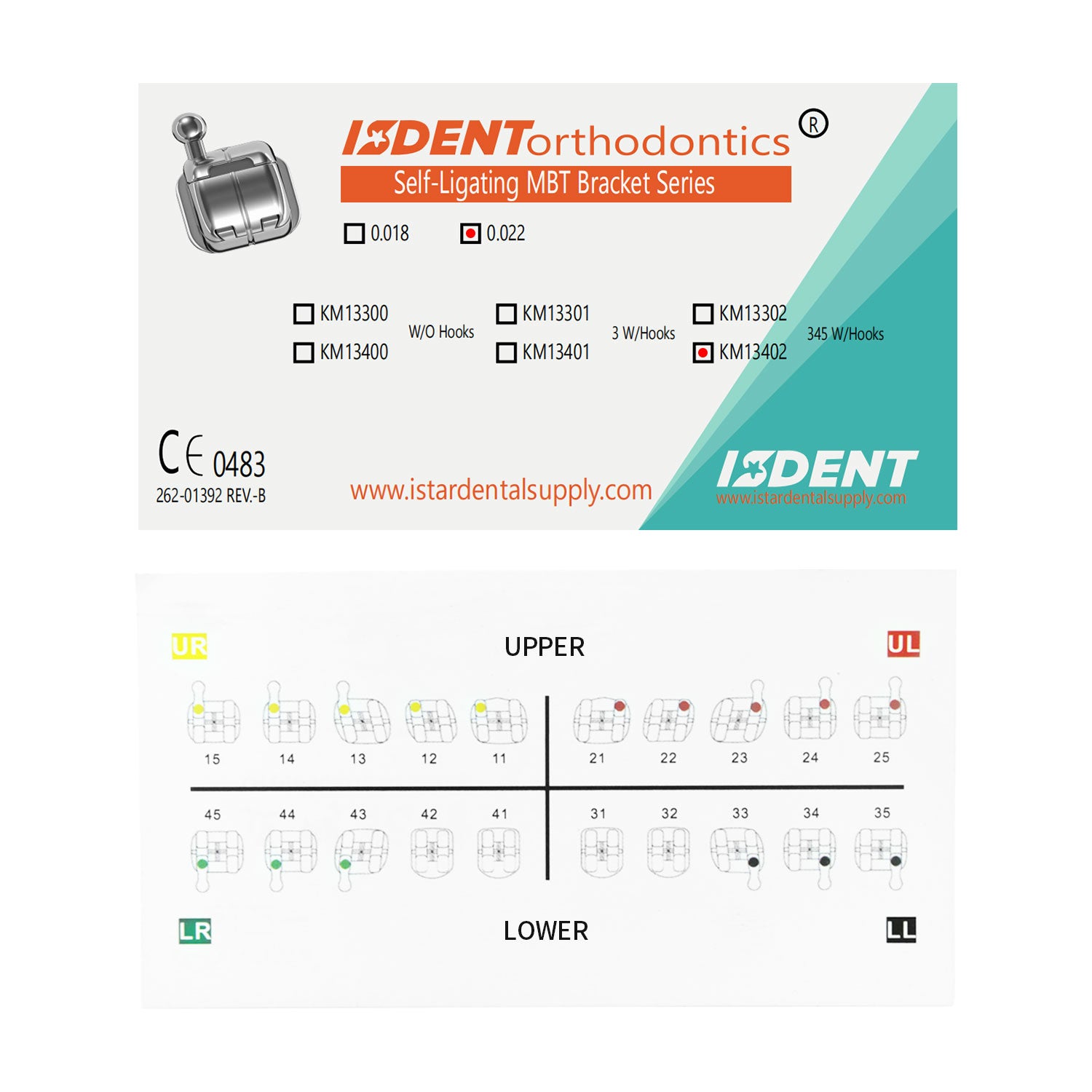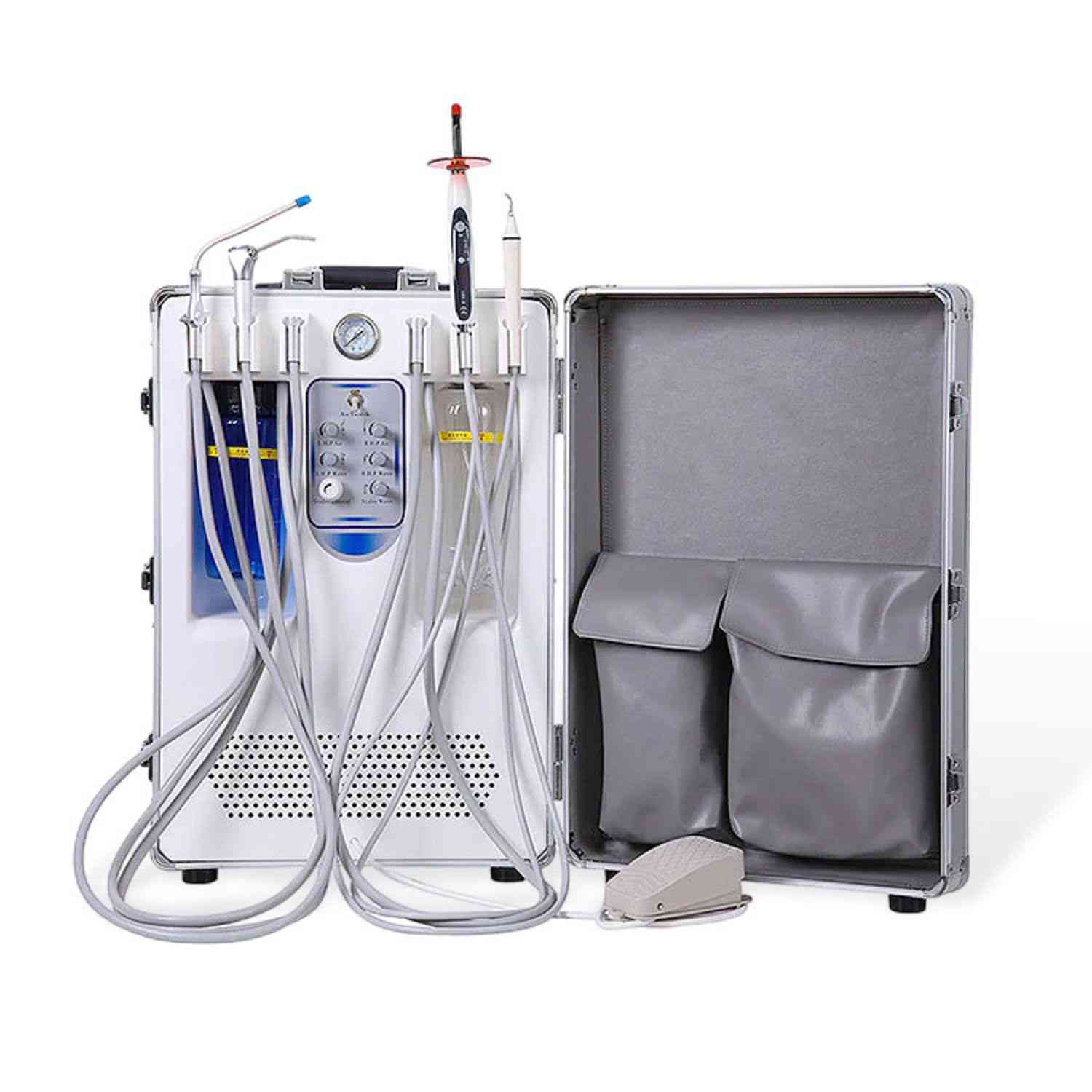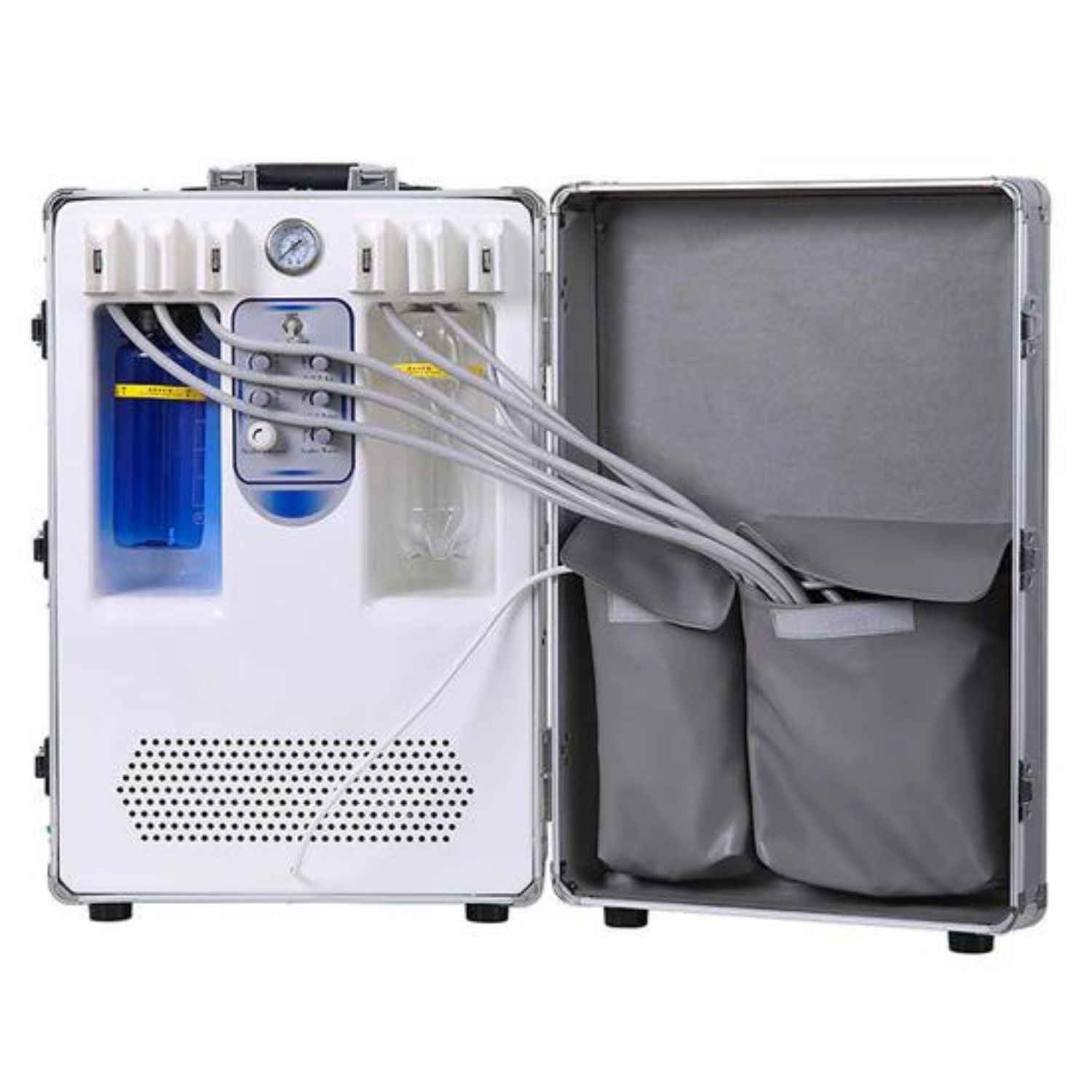How Long Does It Take to Become an Orthodontist? A Comprehensive Guide
Embarking on the path to be an orthodontist combines curiosity, passion, and a commitment to advancing oral health. Orthodontists focus on correcting misaligned teeth and jaws through treatments like brace placement and other specialized methods in orthodontics. This article is worth reading because it dives into the steps you need to take—from the first two years of higher education, to dental school, to clinical training—to pursue a career as a licensed orthodontist. By the end, you will learn what an orthodontist does, how long does it take to achieve certification, and why this rewarding profession matters.

What Does an Orthodontist Do?
An orthodontist is a dentist who has undergone specialized training in orthodontics. While dentists and orthodontists share a robust foundation in dentistry, an orthodontist requires further education and training beyond the doctor of dental surgery or doctor of dental medicine degree. Their role often involves creating a treatment plan to correct misalignments of teeth and jaws.
- Orthodontists may use brace systems, clear aligners, or other orthodontic devices.
- They treat patients of different ages, tackling issues like crowding, spacing, or bite irregularities.
- They aim to improve both function (i.e., chewing, speech) and aesthetics.
In essence, orthodontists work hand in hand with patients to help them achieve a healthier, more attractive smile. To become an orthodontist, you must first complete dental school and then progress to a residency program in orthodontics.
Why Should You Pursue a Career as an Orthodontist?
When considering a career as an orthodontist, there’s a fulfilling horizon ahead. Whether you are an aspiring orthodontist or an experienced dentist who wants to specialize in orthodontics, it’s beneficial to understand the broader landscape:
-
Job Satisfaction and Impact
- As an orthodontist, you impact lives by enabling patients to comfortably chew, smile, and speak with confidence.
- You deliver personalized treatment plans that resonate with each patient’s unique dental needs.
-
Stability and Growth
- Orthodontics is an in-demand specialty, backed by research from relevant dental association publications and the american association of orthodontists.
- The average orthodontist sees a strong annual salary and predictable employment opportunities.
From an entrepreneurial angle, opening a specialized practice offers you the power to shape your professional environment. If you want to become a certified leader in oral healthcare, few fields offer the same blend of prestige and personal satisfaction as orthodontics.
What Are the Steps to Becoming an Orthodontist?
The path to becoming an orthodontist includes many educational benchmarks. According to the requirement for becoming an orthodontist, you must first become a licensed dentist before focusing on orthodontic care. Let’s break down the steps to becoming an orthodontist:
-
Years of Undergraduate Study
- Typically, you need a bachelor's degree before applying for dental school.
- You might join clubs and school organizations focused on biology or chemistry to refine your skill set.
-
Four Years of Intense Study in Dental School
- Coming into dental school, you’ll face challenging coursework in anatomy, physiology, pharmacology, and more.
- The first two years focus heavily on classroom-based and laboratory instruction.
- By the second year of dental school, you begin gaining practical experience working with real patients in supervised clinics.
-
Orthodontics Residency
- After you graduate from dental school, it’s time to enter an accredited orthodontics residency.
- Over two or three years, you immerse yourself in clinical training specific to orthodontic techniques.
By following these steps you need to take, you’ll develop the skills and knowledge to confidently shift from a dentist to a specialized orthodontist.

How to Get into Dental School?
To get into dental school, many schools require that you complete fundamental science prerequisites, maintain a competitive GPA, and pass standardized exam benchmarks:
- Applying for dental school often demands a strong background in biology, chemistry, and physics.
- Schools also look closely at shadowing experiences, recommendation letters, and personal statements.
- Dental schools require applicants not only to have science knowledge but also to demonstrate hands-on dedication to the field.
Remember that each accredited institution can differ. Some schools have a minimum score on the dat—the dental admission test you need to take to become a licensed dentist. If your motto is “Anything worth doing is worth doing well,” you will find dental school admission highly competitive but richly rewarding.
What Is an Orthodontics Residency?
After finishing four years of dental school, your next challenge is an orthodontics residency. This residency stands as the final threshold to become a licensed orthodontist. But what exactly does it entail?
-
Duration and Curriculum
- The residency program for orthodontics usually takes two to three years. This specialized track includes robust clinical training under expert supervision.
- You delve deep into craniofacial growth, advanced imaging, and detailed case analyses.
-
Why It’s Important
- This is where theoretical classroom instruction transforms into real patient care.
- You learn how to craft a viable treatment plan for varied malocclusions and develop a practical understanding of accredit standards in orthodontic procedures.
Completing an accredited dental school before your residency is mandatory. Eventually, you can take additional certification steps with the american board of orthodontics to further boost professional credibility.
How Long Does It Take to Become an Orthodontist?
When counting the years to become an orthodontist, be prepared for at least 10 years to become fully qualified. This may seem extensive, but each phase builds upon the next:
- Years of Undergraduate Study: Typically four.
- Four years to complete a year of dental school (in total, actually four years, but that phrase spotlighting “year of dental school” is brand new planning for each year).
- Two or three years in an orthodontics residency.
In total, that range is around 10–11 years of education after high school. However, each segment ensures you have the appropriate expertise to practice dentistry ethically and competently.

What Exams Are Required on This Journey?
Every aspiring orthodontist must navigate a few standardized exam milestones. Among the most critical:
-
DAT
- You take the dental admission test—often known as the DAT—before acceptance into dental school.
- Doing well can help you stand out in a dental school application.
-
National Board Dental Examination
- During your final year of dental school, you typically complete the national board dental examination.
- Passing marks help confirm you’re ready to practice dentistry and begin training to become an orthodontist.
When all is said and done, success in these exam processes helps you become a dentist and eventually move toward achieving a separate orthodontist license if your jurisdiction requires it.
How to Succeed in Dental School?
During your first, second, third, and final year of dental school, you’ll realize success is not just about test scores. It’s also about building professional relationships, refining manual dexterity, and expanding your leadership profile:
-
Engage in Hands-On Learning
- Embrace practical labs to hone your ability to design restorations, manage patient pain, and handle dental instruments.
- Seek mentorship from peers and professors.
-
Think Ahead
- If you plan to specialize in orthodontics, choose your research papers, clinical electives, and clubs and school organizations accordingly.
- Leadership roles can strengthen your resume as you pursue orthodontic residencies.
-
Network Within the Field
- Attend conferences hosted by the american association of orthodontists or other dental specialties.
- Stay updated on medical research and industry best practices.
Becoming an orthodontist is earning credibility and trust through perseverance, so every segment of your four years of intense study matters.
Is Continuing Education Important for a Successful Orthodontist?
Yes, absolutely. Continuing education remains vital for any successful orthodontist. Even after becoming a licensed orthodontist, you’ll face emerging treatment methods, new technology, and evolving best practices:
- For instance, 3D imaging, digital scanning, and advanced aligner treatments are enhanced every year, and you need to remain on top of these breakthroughs.
- Some professional bodies and state boards require a certain number of continuing education credits to renew your license.
By staying engaged with new developments, you reinforce the personalized patient-centered approach. This ensures your practice resonates with evolving patient needs, ultimately preparing you to treat patients better over the long haul.

Frequently Asked Questions About Becoming an Orthodontist
How many years does it take to become an orthodontist?
It usually takes around 10 years to become an orthodontist, counting four years of intense study at an accredited dental school, followed by two or three years of specialized training in a residency program.
What is the average orthodontist earns?
The average orthodontist earns a generous income, reflecting the specialized nature of the field. Precise figures vary by region, but it is recognized for being above many general health professions.
Do orthodontists must be dentists first?
Indeed, orthodontists must first complete dental school to become a licensed dentist. Only afterward can they take to become an orthodontist through a specialized orthodontics residency.
What is the requirement for becoming an orthodontist?
The core requirement for becoming an orthodontist includes:
- Earning a bachelor's degree,
- Finishing dental school to become a dentist,
- Completing an accredited orthodontics residency program, and
- Meeting any state licensure or certification requirements, such as with the american board of orthodontics.
How do I stand out when applying for residency?
Gaining relevant research experience, excelling academically, showing active involvement in clubs and school organizations, and obtaining strong recommendation letters can help you stand out. Demonstrating genuine interest in orthodontics also goes a long way.
Is there a difference between a dentist or orthodontist for alignment treatments?
Both can handle oral health issues, but an orthodontist has undergone specialized training in orthodontic diagnosis, planning, and therapy. They focus on alignment and bite correction, so they are best suited for complex cases.
A Quick Look at an Example Orthodontic Timeline
| Phase | Duration |
|---|---|
| Undergraduate (Bachelor's) | ~4 Years |
| Dental School | ~4 Years |
| Orthodontics Residency | ~2–3 Years |
| Total Time to Become Licensed | ~10+ Years |
This timeline overview underscores that it takes at least two years after dental school to finalize your orthodontic specialty. Once you meet all licensure requirements, including any national board dental examination, you can become a certified orthodontist.
ISTAR Dental Supply: Your Trusted Partner in Dental Manufacturing
We at ISTAR Dental Supply are proud to be a leading manufacturer for dentist, dental clinic, dental lab, dental hospital, and dental school professionals worldwide. Whether you’re beginning your journey to become an orthodontist or running an established clinic, we are committed to supporting you with top-tier equipment and materials to help you better treat patients. Over the years, we’ve focused on delivering everything from cutting-edge Dental Equipment to Orthodontic Pliers, fueling your lab with the innovations you need for high-level orthodontic care.
Feel free to explore our specialized product categories which can make servicing and designing your treatment plan more efficient:
- Orthodontics – Comprehensive product range for orthodontic treatments.
- Metal Dental Braces – Durable bracket systems for patients requiring classic brace solutions.
- Orthodontic Dental Brackets – A variety of bracket options for advanced teeth alignment cases.
- Archwire Plier – Everything you need for accurate wire adjustments.
- Orthodontic Pliers – Must-have tools that guarantee consistent performance in daily orthodontic tasks.
ISTAR Dental Supply is here to guide you. When you become ready to equip your practice, remember that reliability, accuracy, and comfort of use matter—areas we excel in, so you can focus on patient-centered results.
Bullet Point Summary: Key Takeaways
- Becoming an orthodontist is earning a prestigious dental specialty through about 10 years to become fully certified.
- After four years of intense study in an accredited dental school, you’ll complete two or three years in an orthodontics residency.
- Passing the DAT, the national board dental examination, and further specialized exam requirements is crucial.
- You must first become a dentist through dental school before you can take to become an orthodontist.
- Continuing education and staying on top of new tech ensures success in this evolving field.
- ISTAR Dental Supply supports dentist and orthodontic professionals with manufacturing solutions, from dental equipment to specialized orthodontics tools.
Ready to start your journey? Contact ISTAR Dental Supply today for all your professional needs in establishing or enhancing your orthodontic practice. Our mission is to ensure that clinicians and practices worldwide have the equipment, knowledge, and support they need to flourish in healthy, confident smiles. We look forward to partnering with you every step of the way.







